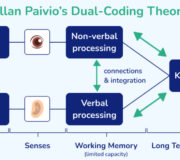19 Effective And Evidence Based Teaching Strategies To Use In Your School
It can be hard to separate popular teaching strategies from those backed by research and proven in UK classrooms. Drawing on research and real-life success from UK primary schools, we’ve pulled together 19 evidence-based teaching strategies that consistently lead to better academic outcomes and student engagement.
Whether you’re working to close the attainment gap, boost engagement or simply want to refine your practice, these are the approaches worth focusing on.
We then consider 5 additional popular teaching strategies and 6 learning strategies that your pupils should know about to help them take more ownership of their learning and become independent learners.
What are teaching strategies?
Teaching strategies are teaching practices, methods and techniques teachers use to support their pupils or students through the learning process in a variety of settings. A teacher will choose the teaching strategy most suitable for the topic being studied, the level of expertise of the learner, and where they are in their understanding of the subject.
In one single lesson, a teacher may use many different teaching strategies to work towards different learning goals. The most effective teaching strategies are those proven to work over large-scale trials. There is no requirement for a teaching strategy to be innovative, although of course some of them are.
Adaptive Teaching CPD Guide For Schools
How to implement Adaptive teaching in the classroom. Includes step by step examples for small group and one to one learning in primary and secondary schools.
Download Free Now!Choosing the right teaching strategies
Choosing the right teaching strategies can make a significant difference to how well students learn and engage in lessons. Effective strategies help break down complex concepts, keep students motivated, and support different learning needs.
They also save many teachers time in the long run by making lessons more structured, purposeful and easier to assess. When students understand what’s expected of them and feel supported, behaviour and confidence often improve too.
The best teaching strategies are backed by evidence, adaptable across subjects, and flexible enough to use with different year groups so teachers can provide high-quality first teaching in every lesson.
In recent years, there has been an increasing influence of large-scale research and evidence on the education sector in the UK. We have learned more about how children learn and how we can better teach them.
Teachers can stay up-to-date and continue professional development of teaching strategies by reading educational blogs and listening to the best educational podcasts.

Meet Skye, the voice-based AI tutor making maths success possible for every student.
Built by teachers and maths experts, Skye uses the same pedagogy, curriculum and lesson structure as our traditional tutoring.
But, with more flexibility and a lower cost, schools can scale online maths tutoring to support every student who needs it.
Watch Skye in action19 effective teaching strategies for every school
These are the 19 most important teaching strategies that any teacher should have in their toolkit.
While no single lesson will use every teaching strategy in one go, you should draw on a range of teaching strategies across lessons to ensure you reach every learner.
School and maths leaders can use these teaching strategies as the basis of professional development sessions for staff to ensure high-quality first teaching from every staff member, whether it’s in class or as an effective maths intervention strategy.
1. Explicit instruction
Also known as direct instruction, this teaching strategy is highly teacher-led, and focuses on effective questioning, and scaffolded and guided practice.
Explicit instruction uses an “I do, we do, you do” structure to guide learners from guided to independent practice. Often, the teacher completes a worked example silently while pupils observe, focusing on the process without distraction. Learners watch and then attempt the example-problem pair in groups and then independently.
Once learners gain a procedural understanding, they can complete similar problems themselves. If some learners are struggling, the teacher can repeat the guided learning process as many times as required.
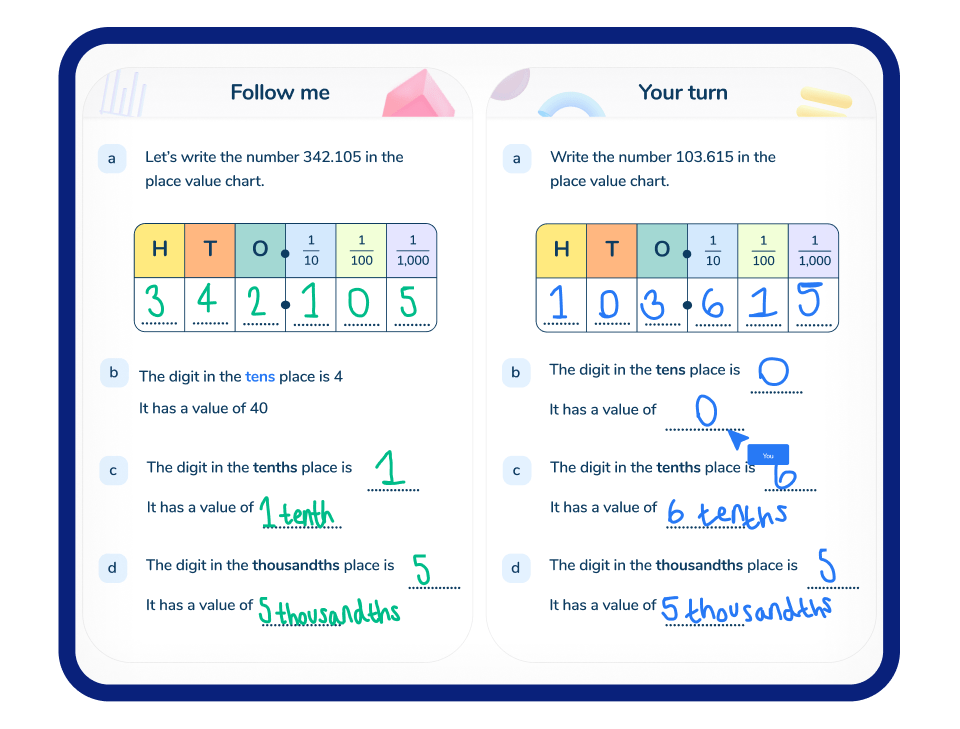
Pupils enrolled in Third Space Learning’s online maths intervention programme have all other distractions eliminated so they can benefit from the one-to-one tutoring, focus on the information and what Skye, the AI tutor, is asking. Skye presents a worked example in real time without any visual or auditory disruptions in the learning environment. The interactive, online classroom uses a blur function so pupils only focus on the part of the problem they are discussing with their AI maths tutor, Skye.
2. Differentiation
Effective differentiation in teaching can be difficult to perfect. Poorly applied strategies, such as assigning different learning objectives, can unintentionally widen attainment gaps and hinder pupil progress.
But there are plenty of impactful differentiation strategies; techniques such as interleaving and phased learning, as well as the use of maths manipulatives and formative assessment, have proven to be beneficial on pupils’ academic outcomes.
3. Formative and summative assessment
Formative and summative assessment play a key role in adapting teaching according to pupils’ needs.
Formative assessment, or assessments for learning, happens day-to-day to inform teaching, while summative assessment checks what pupils have learned in an end of unit test or end of term test.
One type of assessment that can fall under the formative assessment category is diagnostic assessment. Using diagnostic assessment helps to easily identify pupils’ understanding of a topic in the moment. This quick assessment helps guide and adapt instruction during the lesson, to better meet our learners’ needs and improve their academic outcomes.
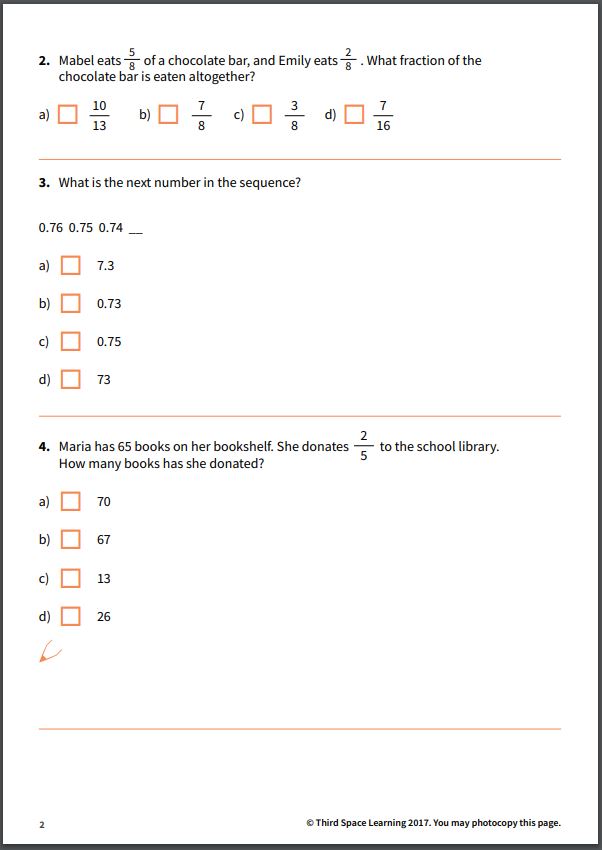
4. Adaptive teaching
A teaching strategy growing in popularity over differentiation is adaptive teaching. Unlike differentiation, which often puts a ceiling on learning and achievements for some learners by changing the learning objective, adaptive teaching aims to help all learners reach the same objective.
Adaptive teaching is an in-the-moment teaching strategy and should be used in every lesson, amongst other teaching strategies, to help keep students engaged and develop a growth mindset.
5. Active learning
Active learning requires learners to actively participate in the lesson rather than passively not take part or just listen. It promotes skill development and higher order thinking through writing and verbal discussions.
Learning actively rather than passively is good at encouraging students to increase engagement and deepens understanding, critical thinking, and problem-solving in meaningful ways. This often takes the form of class discussions, collaborative group work, and hands-on tasks.
Example: Instead of watching the teacher solve a problem, pupils solve one themselves and then discuss it with a peer.
6. Scaffolding
Scaffolding is a key teaching strategy to introduce new concepts or support struggling learners. It takes learners from guided to independent practice while preventing cognitive overload. Teachers may use visual aids such as diagrams, sentence stems, or worked examples to help scaffold the learning effectively.
‘I do, We do, You do‘ is a popular scaffolding method and what Third Space Learning uses to guide students towards independent practice. This effective method allows teachers and tutors to provide enough support and challenge for each individual pupil.
Scaffolding with support slides
All Third Space Learning intervention lessons make use of modelling and scaffolding using ‘I do, We do, You do’. Our online platform lends even more flexibility to the scaffolding structure. Skye, the AI maths tutor, can pull from a bank of support slides if it is necessary to adapt the lesson to spend more time on a concept or process.
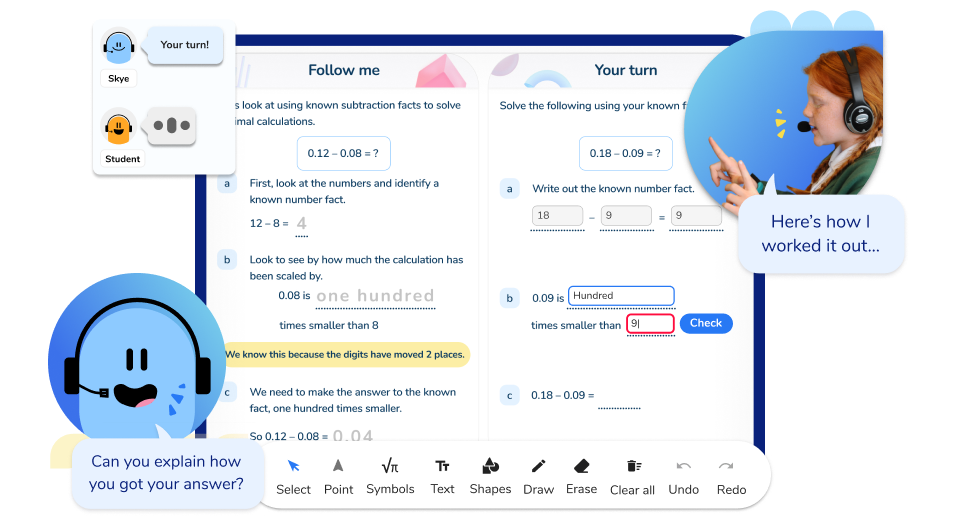
7. Deliberate practice
Deliberate practice is a great teaching strategy to use at the beginning of a topic or when introducing a new concept. Alternatively, deliberate practice can be used as a pre-teaching tool for pupils who may need more help with new concepts, or as a catch up intervention technique. Deliberate practice involves breaking learning down into a series of sub skills, each of which is deliberately practiced in turn.
The 5 steps of deliberate practice
- Isolate the skill
- Develop the skill
- Assess the skill
- Final performance
- Retrieval practice later
Example: when teaching the long division method at KS2:
- Identify (isolate) each specific sub skill involved in the long division method;
- Practise (develop) each of these one by one;
- Assess pupils’ use of these skills before moving on;
- Have pupils put them all together for a final performance – in this case a full long division problem;
- evisit the topic periodically to strengthen long-term retention.
At the beginning of every Third Space Learning intervention session, pupils complete a warm-up question which isolates the skill needed for the learning objective. This enables Skye to formatively assess whether pupils have the prerequisite skills and to diagnose any misconceptions. This process supports the early and continuous identification of knowledge gaps and strengths.
If pupils need support with the prerequisite skills, Skye, the AI maths tutor, adapts the lesson to complete a prior learning slide. Those who understand the skill can complete the lesson without the prior learning slide
8. Co-oporative learning
During co-operaitve learning, students work towards shared learning goals in small groups to help develop academically and socially through mutual accountability and collaboration. Students are responsible for their own progress and that of their peers, creating positive interdependence.
There are several methods for successful co-operative learning:
- Jigsaw method: students are experts on a specific part of the topic, e.g. adding fractions, and then teach it to the rest of the group.
- Group projects: together, students work on a common project.
- Think-Pair-Share: Students think about a question individually, then with a partner and then with the larger group.
- Group discussions: in small groups, students engage in discussions, exploring a topic as they learn from one another.
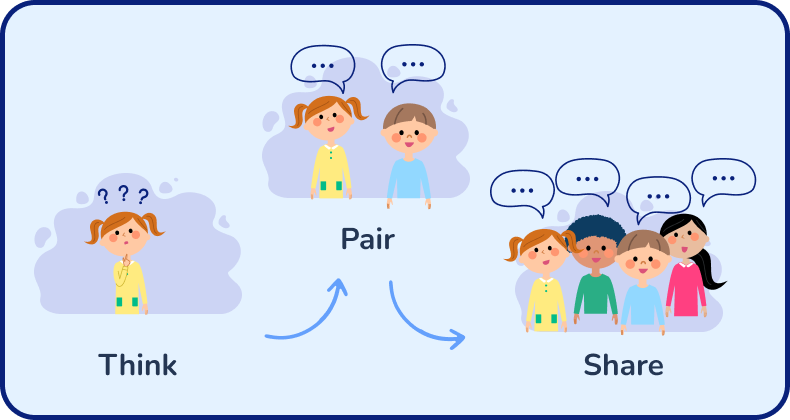
9. Inquiry based learning
Inquiry based instruction is a teaching strategy that encourages students to learn actively. They must conduct research, find solutions and use critical thinking and problem solving skills.
There are five stages to inquiry based instruction:
- Questioning: students ask questions about a topic or problem.
- Research: they conduct research to gather information related to their questions.
- Investigation: students carry out investigations to explore their questions.
- Analysis: learners analyse the data and evidence to draw conclusions.
- Communication: students communicate their findings and conclusions to the teacher.
10. Effective questioning
All too often, as educators, we’ve asked if everyone understands before setting the class off on an independent task only to discover, they did not understand. How could we avoid this?
Effective questioning.
Open-ended questions are the first effective questioning strategy to employ and one that can be used in every single lesson.
Ask questions such as “How do you know?”
This encourages pupils to engage in reasoning and critical thinking to establish how confident they are in an answer and why.
Challenge quick thinkers, Ask questions such as “Is there another way?”
These questions help to highlight where multiple methods to derive a solution may exist and promote thinking, metacognition and problem solving skills.
Third Space learning’s one to one maths sessions encourage pupils to verbalise their reasoning and ask questions to check for understanding. Our team of formaer teachers and maths experts build questions into the lessons slides to encourage critical thinking:
- “How do you know that answer is right?”
- “Can you tell me how else you could work it out?”
- “What do you need to do first to answer this question?”
Goal free problems are another questioning strategy worth considering using in your classes.
11. AI in education
Using technology and AI in education can still feel like a relatively new teaching strategy. Especially as tools and platforms continue to develop quickly.
There are a growing number of excellent online learning and AI tools, websites, and apps to enhance and complement your teaching, such as Skye, the dialogue-driven AI tutor from Third Space Learning.
However, when bringing technology and AI into schools, evaluate the pedagogical design and curriculum alignment of any AI-based tools, even the best AI tutors, before use. Also, consider the human expertise behind the AI tutoring or tool. This is essential to enhance learning accurately and in line with the curriculum.
12. Blended learning
Blended learning, also known as hybrid learning, combines the use of technology alongside online learning or educational materials.
This teaching strategy is effective for students who may need to work at a different pace to the majority of learners and offers them greater autonomy over their learning–particularly for older students.
Example: learners are set a piece of online homework that correlates with in-class learning. Students can access the learning from anywhere with an internet connection and complete the learning at their own pace, supported by classroom learning.
Flipped classrooms are another effective teaching strategy and example of a blended teaching strategy explored in this article.
13. Peer instruction
Peer instruction is an active learning strategy that requires learners to engage in discussion with one another. The teacher poses a challenging question or statement that students must first answer independently, then in pairs to clarify any misunderstandings and then independently again.
This is similar to other teaching strategies that use blended learning whereby students likely need to prepare and engage with the material before the lesson.
Teachers must continually assess and monitor student understanding through peer discussions and feedback.
Example: pose an answer to a question and asking students to come up with the question for the answer. Students then discuss their question with a peer and justify why this could be the question. Then, they reflect on their conversations independently.
14. Flipped classrooms
A flipped classroom is a blended learning approach based on the idea that in-class time is not best used for teaching new concepts. In a flipped classroom, students are introduced to learning content before the lesson. For example, through homework, pre-reading, etc. to prepare for their class.
Classroom time is then used for learning actively such as discussions and problem-solving activities, to help build a conceptual understanding.
Example: Pupils watch a short explainer video at home, then use the next day’s class time for collaborative tasks based on that learning.
15. Experiential learning
Experiential learning is learning through doing. Often, experiential learning uses real-world scenarios to engage students and promote learning beyond worksheets and textbooks.
There are four stages to experiential learning:
- Experiencing: Using concrete, or real-world, experience to engage in what is happening.
- Reflecting: After the learning, the student reflects and connects feelings with ideas about the learning experience.
- Thinking: Learners reach conclusion and conceptualise learning, theories and concepts that can be tested.
- Acting: Finally, the learner tests the theories and applies the learning to create the next experience.
Often, pupils work on these real-world scenarios through cooperative learning, working with other pupils. This can have an excellent influence on positive relationships in the classroom and develop wide ranging communication skills.
However, the EEF notes that the impact of group work can vary widely, and that to make it most effective teachers should focus on well-structured tasks that promote talk and interaction between pupils.
16. Gamification
Game based learning is an excellent method to encourage students to learn in a fun learning environment; it can also:
- Develop working memory, language, and motor skills;
- Provide an opportunity for repeated practice and retrieval practice in new situations;
- Develop number sense;
- Remove fear or anxiety sometimes associated with new learning.
Mathematics can be especially well-suited for gamification as pupils can explore their learning through low-stakes games and maths puzzles.
17. Individual learning
Evidence shows that pupils are more likely to engage with learning when is individualised and targeted to them, including appealing to their interests.
While this teaching strategy is easier to carry out in early childhood education, it can be more difficult to achieve later on, especially in a class of 30+ pupils. As familiarity and rapport build throughout the year, it should become easier to make activities and even questions more personalised to individual children.
Third Space Learning builds personalisation into all of our programmes. All students sit a diagnostic assessment to identify their strengths and areas for improvement in maths. Teachers can then choose to reorder the sequence of lessons to target these learning gaps first or choose for students to work through the original programme.
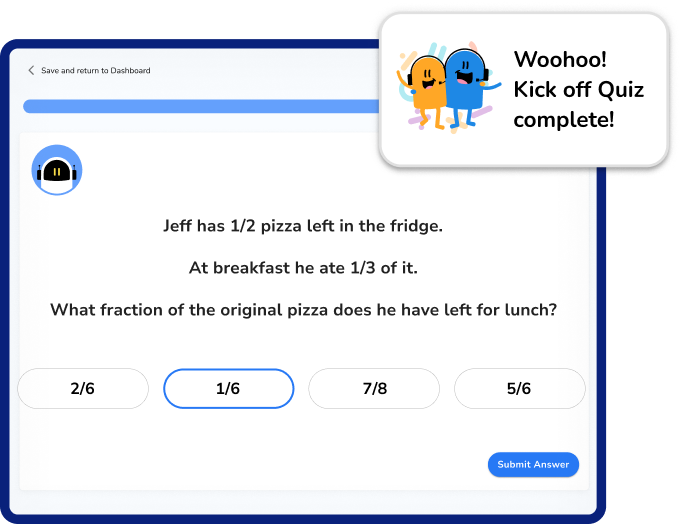
18. Metacognition
Metacognition, helping pupils understand and manage their own thinking processes, has been recognised by the EEF as one of the most effective, low cost teaching strategies. Through metacognition, students can make an average of seven months’ additional progress.
Metacognition in primary schools often incorporates some of the other effective teaching strategies, such as questioning in the classroom. Questions such as “How do you know?” asks pupils to justify their solutions and encourages them to think about their own thought processes for deriving that solution.
Teaching pupils how to learn maths, plan, monitor and self-evaluate their learning also improves student motivation and encourages them to work harder in lessons. Metacognition is also one of the most effective intervention strategies for schools
19. Feedback
According to the EEF, feedback is a well-evidenced teaching strategy to promote student progress. High-quality feedback should inform students about their performance in relation to a learning goal and provide information on how to improve.
The most effective feedback should be timely and specific:
- Timely: provide feedback during or immediately after a learning activity. Verbal feedback throughout a lesson can help students progress in their learning.
- Specific: Ensure the feedback is detailed explicit and clearly explains what students have done well and how they can progress.
READ MORE: Why My School Banned Marking
5 other effective teaching strategies
The following list provides 5 additional popular teaching strategies that are important to know about as a teacher – and to understand where they are most appropriately used.
1. Graphic organisers
Graphic organisers help students to organise and visualise information in a structured way. In turn, this promotes deeper understanding and retention.
Students can review, revise and quiz themselves using their knowledge organisers.
2. Vocabulary
Having an understanding of the vocabulary associated with a concept or topic is essential to students’ learning. As part of any professional development planning, schools should share the common language for each subject so students experience consistency throughout the school.
Providing vocabulary lists and sentence stems to staff and students can help promote the use of the correct language. Working walls are another fantastic way to ensure students are aware of the language associated with topics.
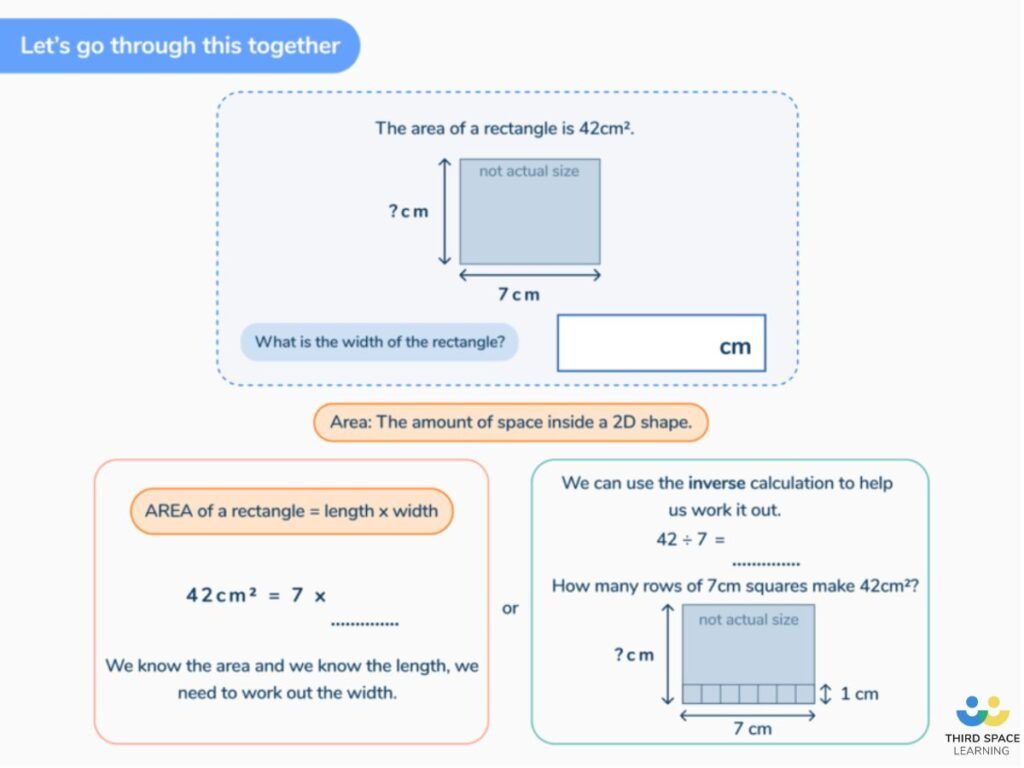
Online AI maths tutoring sessions with Skye ensure consistency for all pupils. Maths teachers and experts prompt Skye with the correct mathematical terminology to use. And, because every pupil learns one-to-one with Skye, they hear and repeat the same mathematical language for each topic.
3. Rapport
The basis of all good teaching is an understanding of your students and their learning needs. The relationship between teacher and student is vital for a positive learning experience. Take time to get to know your new class from the first day, understand what motivates them and their barriers to learning. This is often an overlooked teaching strategy.
4. Classroom management strategies
In recent years, many teachers have seen a huge development in classroom management as a teaching strategy.
Teachers must use classroom management strategies to establish and maintain a positive classroom environment that promotes active learning and a love of learning.
It’s important to make a conscious shift to recognise and praise effort, not just achievement. Be specific in the feedback and praise you give pupils to highlight this.
Third Space Learning’s maths experts and former teachers recognise the importance of a growth mindset, particularly in a subject like maths where students can see the answer as right or wrong. Praise is built into Skye to ensure students are encouraged for their mathematical thinking and reasoning.
5. Reciprocal teaching
Predominantly used for reading, reciprocal teaching is a co-operative strategy that uses predicting, questioning, clarifying and summarising to improve comprehension.
In all honesty, the Third Space Learning math tutoring sessions are excellent and the structure and pace means the children prgress well. Most importantly, they love them! It’s something which we had no problem funding again this year.
Robin Morell, Assistant Headteacher,
The Cathedral School of St Saviour & St Mary Overy, London
Read more
- Quality First Teaching Strategies Checklist
- Cognitive Load Theory In The Classroom
- Teaching Bottom Set Maths
- EEF Putting Evidence To Work Report Summary
- Primary School Teachers’ Guide To Learning and Memory
- What Is Variation Theory
- Dyscalculia In Schools: A Guide To Identifying And Supporting Pupils With ‘Maths Dyslexia’
- ADHD In The Classroom
- How To Use AI Maths: A Guide For Teachers
List of learning strategies
Last, but not least, central to any good teaching practice is explicitly teaching learners of all ages about learning strategies. These are the 6 learning strategies we think every student should be familiar with by the end of Year 6.
1. Spaced repetition
Ensuring that learned material is revisited at regular intervals through spaced repetition instead of all at once much later when more of it is likely to be forgotten. For older students, study calendars can be of immense help in the run-up to major milestones such as the KS2 SATs.
2. Retrieval practice
Retrieval is the process of recalling information purely from memory, without the aid of learning materials. Effective retrieval practice helps embed information more thoroughly in our minds, since we no longer need context to recall it.
3. Elaboration
Tied into questioning in the classroom, elaboration puts the onus on pupils to do more than ‘just’ recalling information. The use of open ended questions such as “How did I get that answer” help pupils to make connections between the things they’ve learnt rather than seeing them as several unrelated facts.
4. Interleaving
A wealth of research is now available that suggests the benefits of interleaving – mixing practice of different skills with one another – in helping pupils better identify the necessary strategies to solve different problems. Interleaving with connected topics (e.g. division and multiplication) amplifies this effect. Our Year 6 maths revision programme is built on this.
5. Concrete examples
As maths educators the Concrete Pictorial Abstract Approach is embedded into the way we teach. Within our online tuition, we have many different ways of explaining a topic and as an extension we may ask pupils to come up with their own concrete examples for concepts, based on the examples we’ve used in explaining the concept to them.
6. Dual coding
Combining words and visuals in teaching materials. This isn’t referring to speech (as we established earlier), but having pupils create some kind of visual aid (e.g. a sketch, a diagram) to accompany written text can help them reinforce the concept in their brain in two different ways, making it easier to recall. Anyone who’s created slides for their pupils will be familiar with the challenge of imparting information through words + pictures.
References
- Hattie’s index of teaching & learning strategies and their effect size
- EEF Teaching and Learning Toolkit
- ResearchEd
- Teaching in Effective Primary Schools: Research into Pedagogy and Children’s Learning (Siram, Taggart et. al) published by UCL IOE Press.
DO YOU HAVE STUDENTS WHO NEED MORE SUPPORT IN MATHS?
Skye – our AI maths tutor built by teachers – gives students personalised one-to-one lessons that address learning gaps and build confidence.
Since 2013 we’ve taught over 2 million hours of maths lessons to more than 170,000 students to help them become fluent, able mathematicians.
Explore our AI maths tutoring or find out about school tutors for your school.






